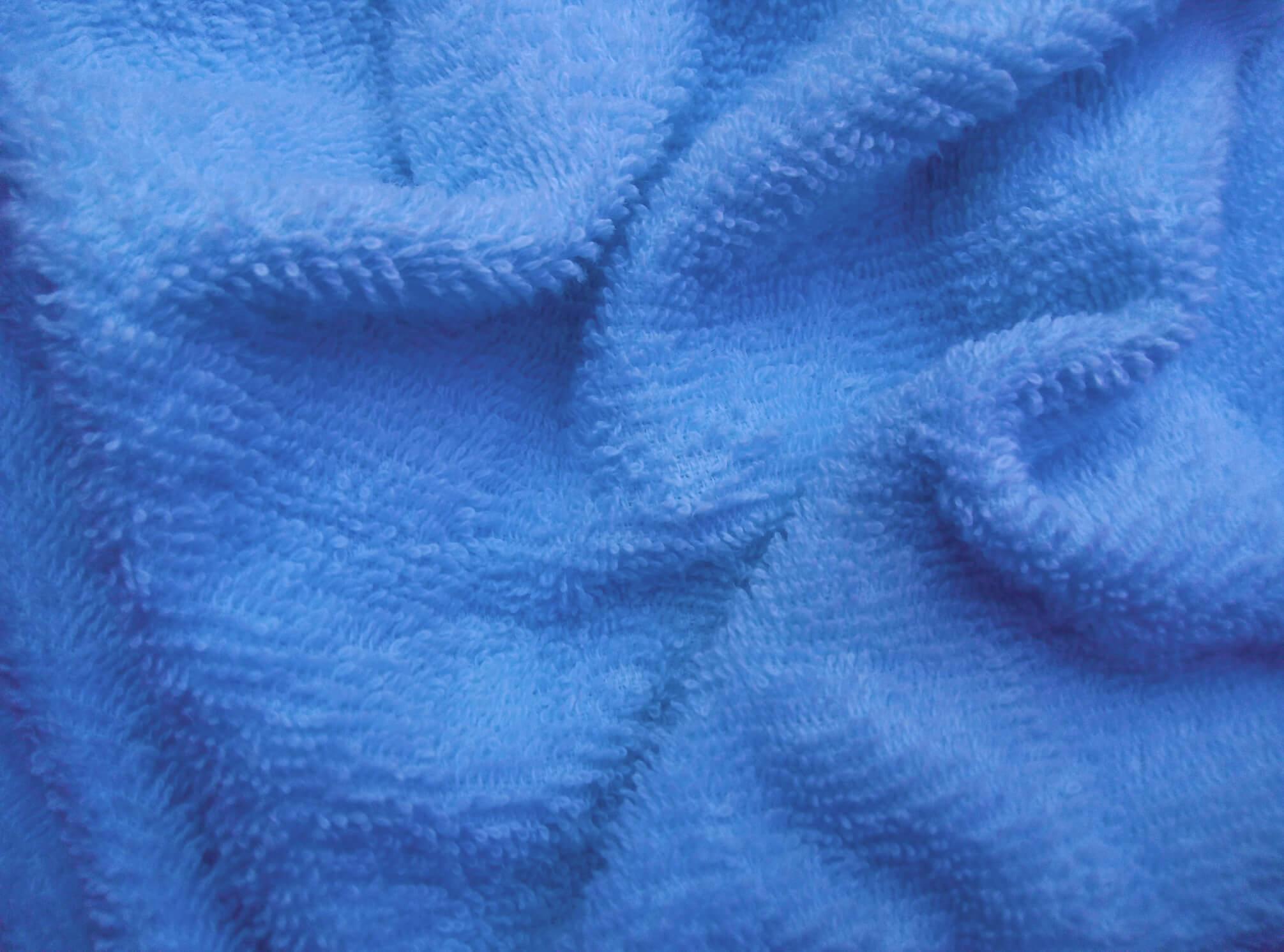There’s nothing worse than trying to snuggle up under a warm blanket, only to be zapped by static. It’s not really dangerous, but it certainly is unpleasant.
You’re in luck! Since we love blankets and know them inside and out, we’ve put together a guide to help you understand why your blankets are so static and how to get rid of static on blankets.
What Causes Static?
Strange but true, the same thing that creates a spark when you touch a blanket also creates lightning, just on a much smaller scale.
Static electricity is an electrical phenomenon caused by an imbalance in the positive and negative charges between objects. When two objects rub against each other, electrons may collect on one of them, resulting in one positively charged object and one that is negatively charged. However, nature prefers balance, so objects usually won’t stay positively or negatively charged for long. Instead, electrons will be discharged to the next positively charged object with which they come in contact.
Imagine walking across a carpeted room and touching a metal doorknob. The carpet is an insulator and absorbs electrons on your body, making your body electrically positive. When you touch the doorknob, the electrons (which are negatively charged and attracted to your positive charge) flow from the metal to your body, causing you to feel a shock.
The same thing can happen with blankets. When they rub against another object (for example, the dryer), blankets can build up a charge released when you touch them.
Which Materials Are Prone to Static
Not all materials are created equal. Some are much more likely to be staticky than others.
Here are a few of the materials prone to create static:
- Wool: Natural fibers are especially conductive to electrons.
- Silk: The static conditions are the same as for wool.
- Polyester: This synthetic fabric is ultra-dry which allows static to build up.
Cotton and leather are materials that are not likely to cause a static charge.
Methods for Removing Static from Blankets
Just because static occurs naturally doesn’t mean there’s nothing you can do to avoid it. Following are some great methods for getting rid of static on blankets.
Method 1: Introduce Humidity
Changing the level of humidity in a room can help reduce static on blankets. To do this, try running a humidifier or a diffuser until the air feels a little less dry. In a pinch, you could also boil a pot of water on the stove.
Why it works: Water is a conductor. By increasing the amount of water in the air, objects with a static charge can release ions and return to an electrically neutral state.
If you’re wearing a very staticky shirt, you could dampen it a little to get rid of some of the static. However, this isn’t a very practical approach for blankets since no one wants to cuddle with something wet.
Method 2: Allow Your Blankets to Hang-Dry
Rather than put them in the dryer, try hanging blankets outside to dry. It reduces static and leaves your blankets smelling fresh and clean. You’ll also be able to save a little money on your electric bill.
Why it works: Hang-drying blankets doesn’t actually remove static as much as it prevents static buildup. It’s more of a preventive method. Since static is caused by friction, the dryer is kind of like a static-charging machine for some fabrics.
Hang-drying reduces the amount of friction on a blanket, so you’re less likely to get shocked later.
Method 3: Wash Your Blankets with Vinegar
Many fabric softeners contain ingredients meant to reduce static. However, for certain blankets, such as Sew Sweet’s minky blankets, fabric softener can actually ruin them. Luckily, there’s a natural solution with vinegar.
If you’re a little hesitant to use vinegar because of the smell, never fear. You only need to use a few tablespoons per laundry load. Plus, vinegar can naturally break down odors so that your clothes will be fresher.
Why it works: Vinegar, which is mildly acidic, softens fabric fibers. This reduces friction and the amount of static electricity that can be produced.
Method 4: Discharge Blankets with a Metal Hanger
If your blankets are staticky, you can discharge the electricity before even using the blankets. Simply run a metal hanger or similarly conductive object over the blanket. Just be careful not to snag anything.
Why it works: Conductive materials can discharge static buildup, thus helping your blankets return to an electrically neutral state so they won’t shock you.
Method 5: Apply Lotion to Your Body
If you’re still getting shocked by static electricity, it’s time to break out the lotion. Apply a light layer to your exposed skin. If your hair is really staticky, you can also apply a bit of lotion to the ends (but just a little so you don’t make your hair greasy).
As an added bonus, your skin will be nice and moisturized by this tip.
Why it works: Lotion contains water. By adding moisture to your skin, any static charge retained on your skin is neutralized. You won’t be shocked when you touch the blanket because there won’t be an electrical imbalance.
Get Minky
Minky blankets from Sew Sweet Minky Designs are oh-so-soft. They’re the perfect blanket for cuddling up on the couch or keeping warm on a cold day. Minky blankets are wonderfully comforting with their irresistible softness.
Minky blankets can indeed get a little staticky, but it’s nothing to worry about. Our recommended care instructions include two tips from our list of ways to remove static from blankets: washing with vinegar and air-drying. Following these simple care instructions will keep your minky blankets softer and more static-free.
We’d love to answer any additional questions you might have about our blankets. Please, don’t hesitate to contact us.
Now that you know how to get rid of static on blankets visit Sew Sweet Minky Designs and shop today!


Share:
Old Baby Blanket Upcycling Ideas
The Best Stadium Blankets for the Outdoor Sports Season